Armed with a sled, 60 earl grey tea bags, and 6 months of preparations, one gentleman decides to seek solitude in the icy heart of Sarek National Park, within the arctic circle. With the mercury dropping as low as -35oC, only the fluffiest mittens will do.

From Hardangervidda to Sarek
Polar expeditions had long been on my mind, so, I started investigating polar training courses; many of which are held in Hardangervidda in March or April. However, with a general allergy to all things guided, it wasn’t long before I was making plans to do my own self-training course. Nothing beats getting out there and getting stuck in, if suitably prepared of course. Despite my usual propensity to approaching things solo, there was no way I could ignore inviting the majority portion of the terrible-trio. A meeting was set up with Guy and Ian, my friends from the London Mountaineering Club who I climbed Aconcagua with, and it didn’t take much persuading to get them on board, though Ian did take some convincing that starting out with kite-skiing across Greenland might be a little too bold as a first step. Team set, but not quite. The thought of me having a tent to myself as I filled the Vidda with my snoring was clearly too much to bear; for the sake of balance and adding a little sanity to the trip, we quickly settled that we should try and get Richard, a fellow club member, to join us. Though in reality, the it was only his very understanding wife who required persuading, as he was quickly on board.
“The combination of 2020’s two biggest cock-ups plotted together to ruin our plans“
In the style of our Aconcagua trip we commenced with our usual bi-weekly video call sessions to update on logistics progress, equipment planning, training tips and general banter to get each other thoroughly aroused for the trip. For a few months progress had been going well, then, the combination of 2020’s two biggest cock-ups plotted together to ruin our plans; Brexit and Covid. With the threat of mass pandemic at our doorsteps, and a spectacularly short-sighted decision to leave the EU upon us, this meant that Norway was blocking the fjords to anyone without 27 star paperwork. From the 31st of December 2020, this unfortunately meant the little island of Britain. While I was saved with my dual British-Polish nationality, my friends were not so lucky. It looked as though the group trip would have to be postponed…
However, with so much anticipation built, I couldn’t set things aside for another year. The opportunity for something even more adventurous had just presented itself; I would continue with the expedition, but I would go solo. My mind was swiftly awash with all the myriad of elements that need to be considered; no relying on someone else for part of the planning, no replying on collective warmth in the night, no relying on someone else’s equipment in case of failure, no relying on someone going for help in case of an accident. Just me, alone, isolated in the cold. I felt the rush of excitement, mildly tempered by the fact that my next few months were going to be busy planning! Unlike most of my previous trips, I would be potentially days away from rescue so I would have to be more self-sufficient than ever before; nothing left to chance.
“Just me, alone, isolated in the cold.“
Over Christmas I discovered that the Norwegian government no longer considered mandatory isolation in a tent as sufficient, even if that tent is in the centre of Europe’s largest alpine plateau. A swift rethink lead to Sarek in Sweden; a region known for its beauty and remoteness. However, with beauty came more treacherous terrain, and with remoteness came harsher conditions. Sarek sits comfortably within the arctic circle, in Sweden’s portion of Lapland, which means in February the temperatures can be bitterly cold and daylight is limited. Sporting an impressive one hundred glaciers, Sarek is Europe’s oldest national park and is part of the area that the nomadic Sami herd their reindeer in the summer.
If I am totally honest, I didn’t know about the existence of Sarek until my research into Hardangervidda, at which point my old climbing chum Guy pointed it out as an option when it still looked like the rest of the team could join me. A simple tap of the keyboard will show that Sarek is a wonderfully carved and photogenic landscape, rarely captured in full winter dress. Situated in Sweden’s part of Lapland and within the Arctic Circle, Sarek is one of the most remote and northerly wildernesses in Europe. While I have no doubt that the eye watering scenery will comfortably outdo Hardangervidda in the viewing stakes, the now present avalanche risk from the towering slopes and the additional logistics certainly up the ante.
“Sarek is a wonderfully carved and photogenic landscape, rarely captured in full winter dress.“
Luckily, planning a route in Sarek, rather than Hardangervidda, is less freehand and more constrained by the natural lay of the land. The Rapadalen cuts a vast inviting entrance into the peak-strewn park, while a labyrinth of smaller valleys provides numerous options for navigating back through on the return. Getting to a suitable starting point can be a challenge due to the remoteness of the area. However, even in February there are a few cabins that one can rent, just a couple of days ski away from the entrance of the park. This makes for starting out, especially the final repacking, significantly more comfortable, but perhaps leaving my girlfriend beside a warm roaring fire a little more difficult.
Training to Face an Arctic Challenge
For me the worst part of any expedition is, naturally, the life-absorbing amount of training that one needs to do in order not to suffer immensely for the entire time. For Aconcagua I went from unfit smoker to 6k ‘athlete’ in just 2 months (to be fair, I was pretty puffed out above 6500m). However, every single day of my life during those short months was training, and occasionally some work. This time I’ve had longer to prepare, but find myself distracted by the indulgement of house redecorating and my partner. Life aside, I’ve for the most part managed to put aside 3-4 days a week for training. Finding myself with a lacking appetite for cross-fit or running, I’ve opted mountain biking for general fitness, and tyre pulling with ankle weights for some targeted training.
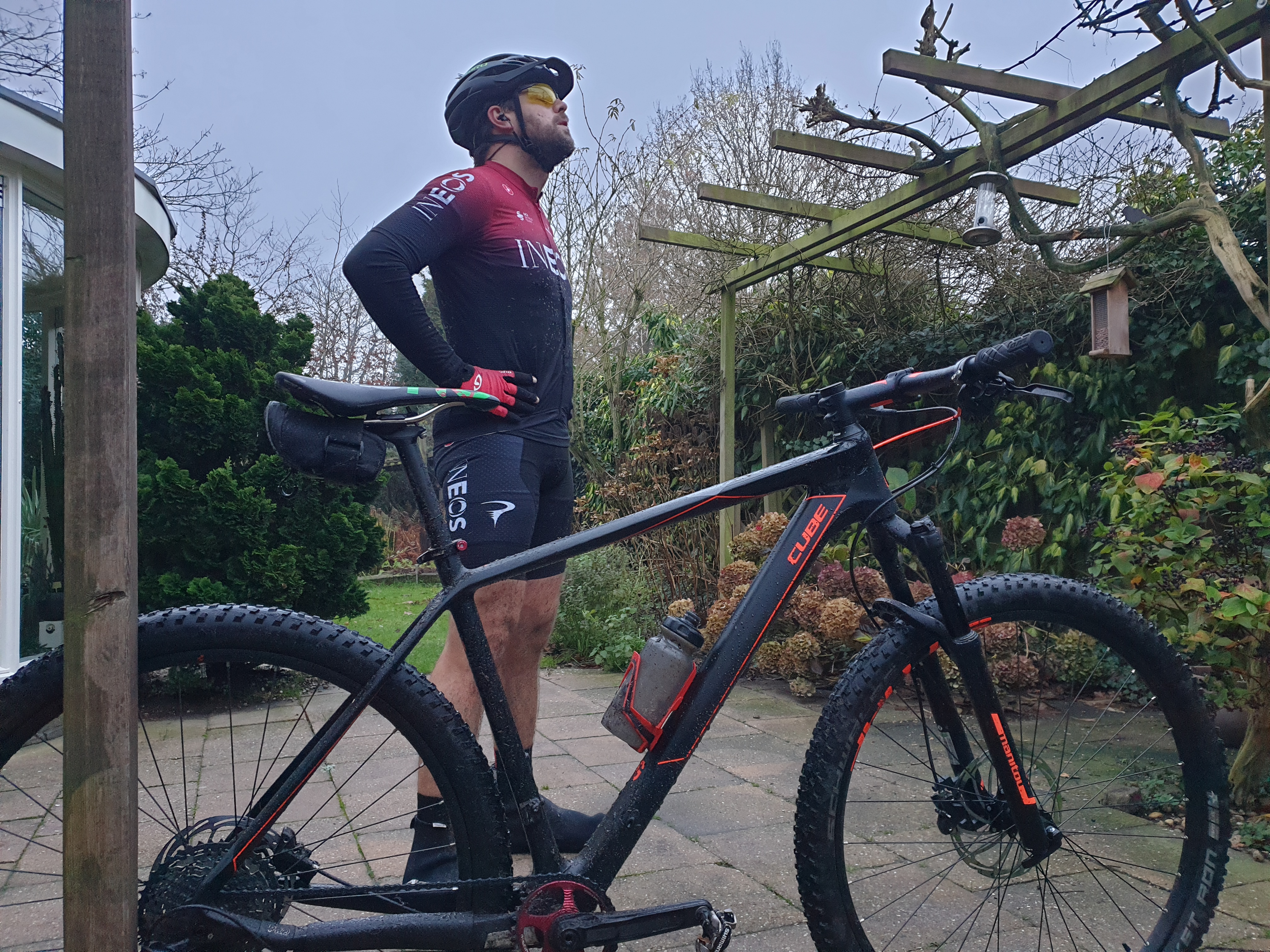
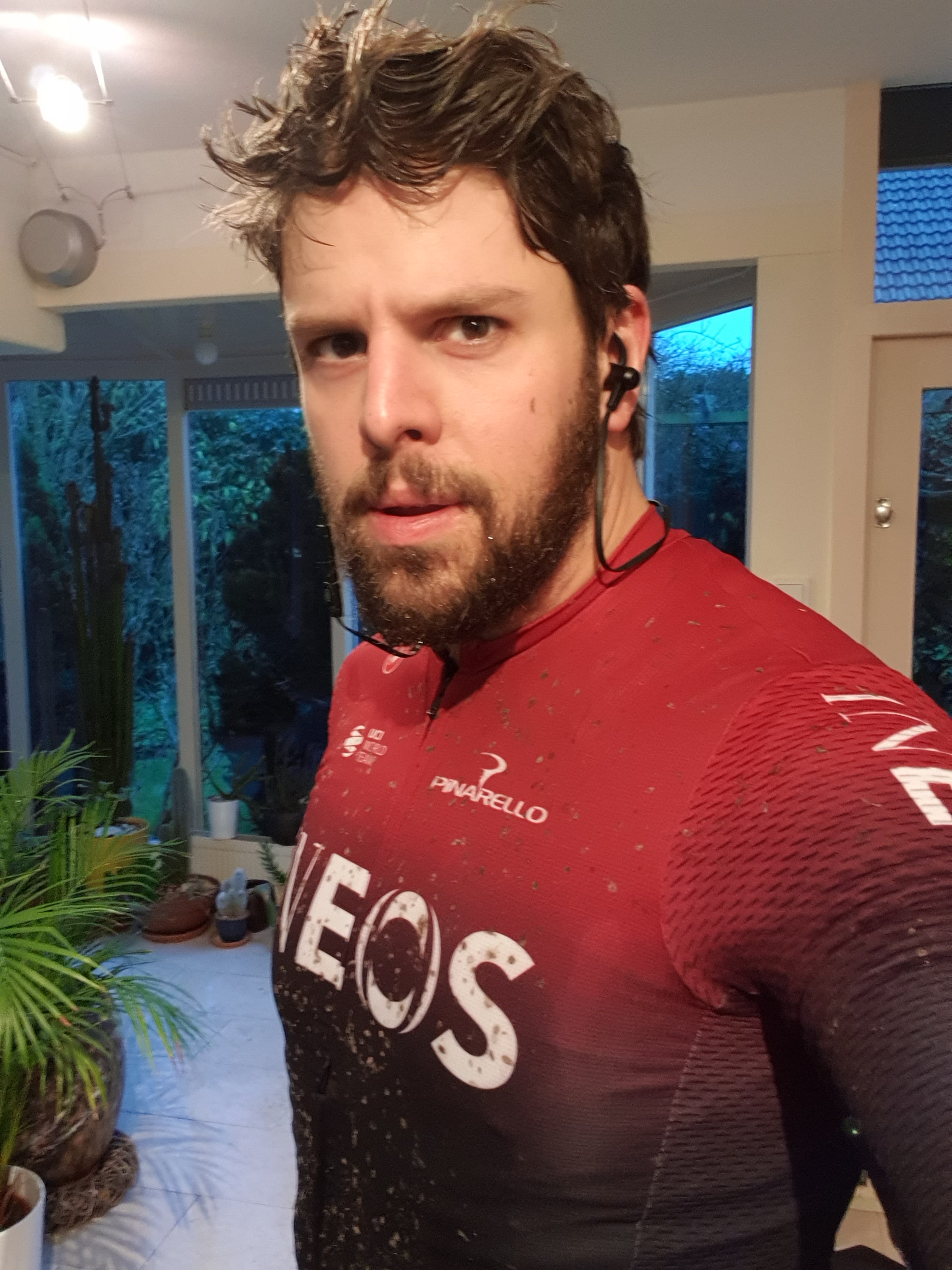

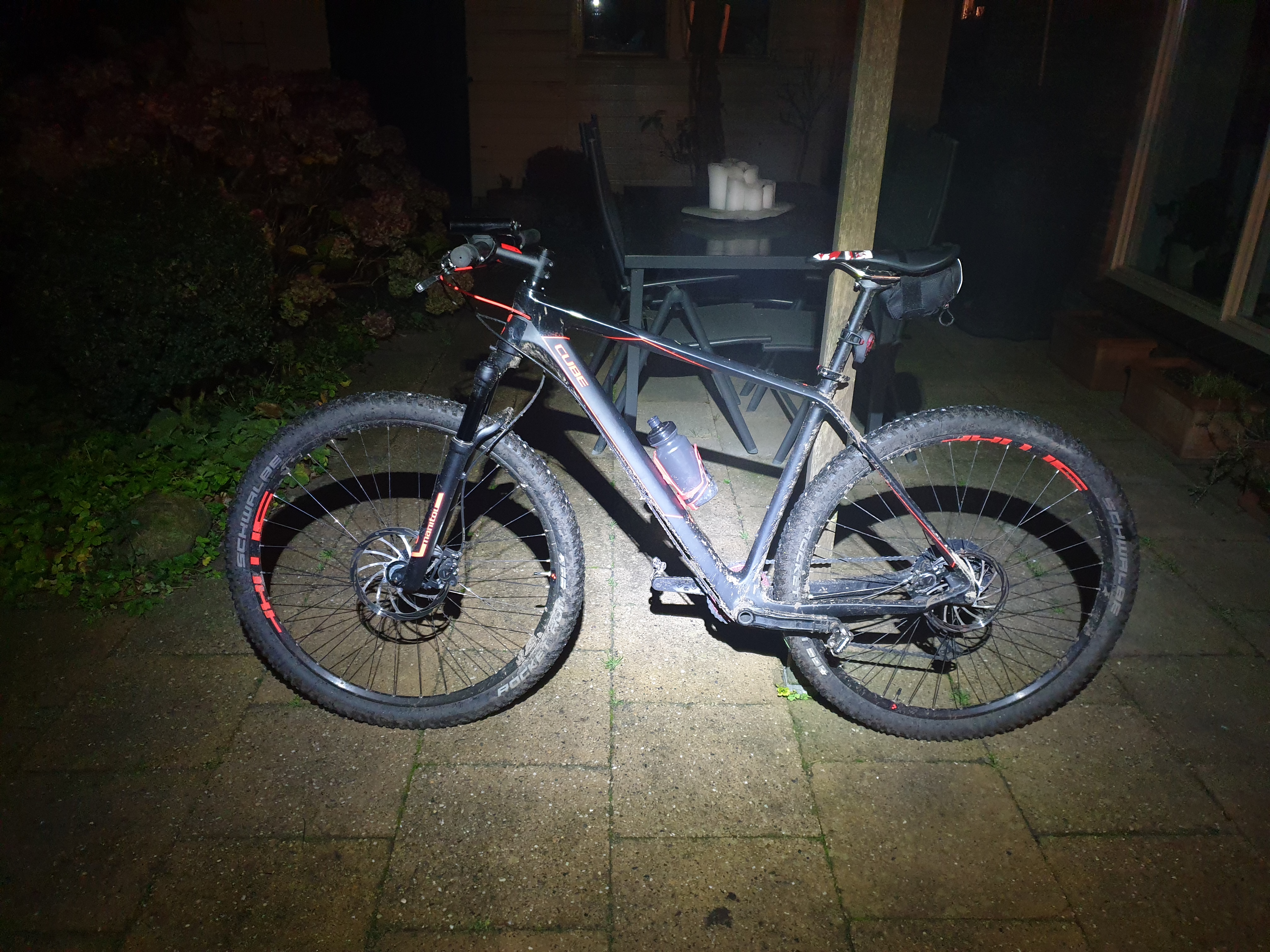

Mountain biking has been the most fun and I truly enjoy all the palaver of sliding round cold muddy corners in the dark, while occasionally being catapulted from my steed. Despite all the knocks and scrapes (more excitement than ability it seems), I relish the thrill and have found genuine pleasure in tracking my improvement. Unfortunately, however, it does also appeal to the engineering geek trapped inside of me. This has resulted in numerous hours, and otherwise intended Euros, in tinkering away with the bike in the workshop. There’s always a price for fun. I have become mildly obsessive with beating my timings around the local track and it has been great to help push myself, though somewhat demoralising after Christmas.
Tyre pulling has surprised me. More so the locals of course, but it turns out that I am finding it unexpectedly fun. Perhaps it’s the fact that it gets me excited about the trip by the nature of the action, or its simply that it really allows me to push myself in a way that seems natural. At first, I found many bemused walkers keen to know where I had escaped from, as I dragged my solitary friend ‘Tony’ behind me. One even remarked, with a smile, that she knew another Brit, and they also pulled tyres. Is this something Brits like to do? Once Tony gained a friend in tow, Terry, I found myself pulling my two tyres more at night, seemingly in the rain mostly. The feeling of dragging a load, alone, in bad weather, felt that little bit closer to the whole point of it, while I also had to pause less frequently to explain my apparent madness.
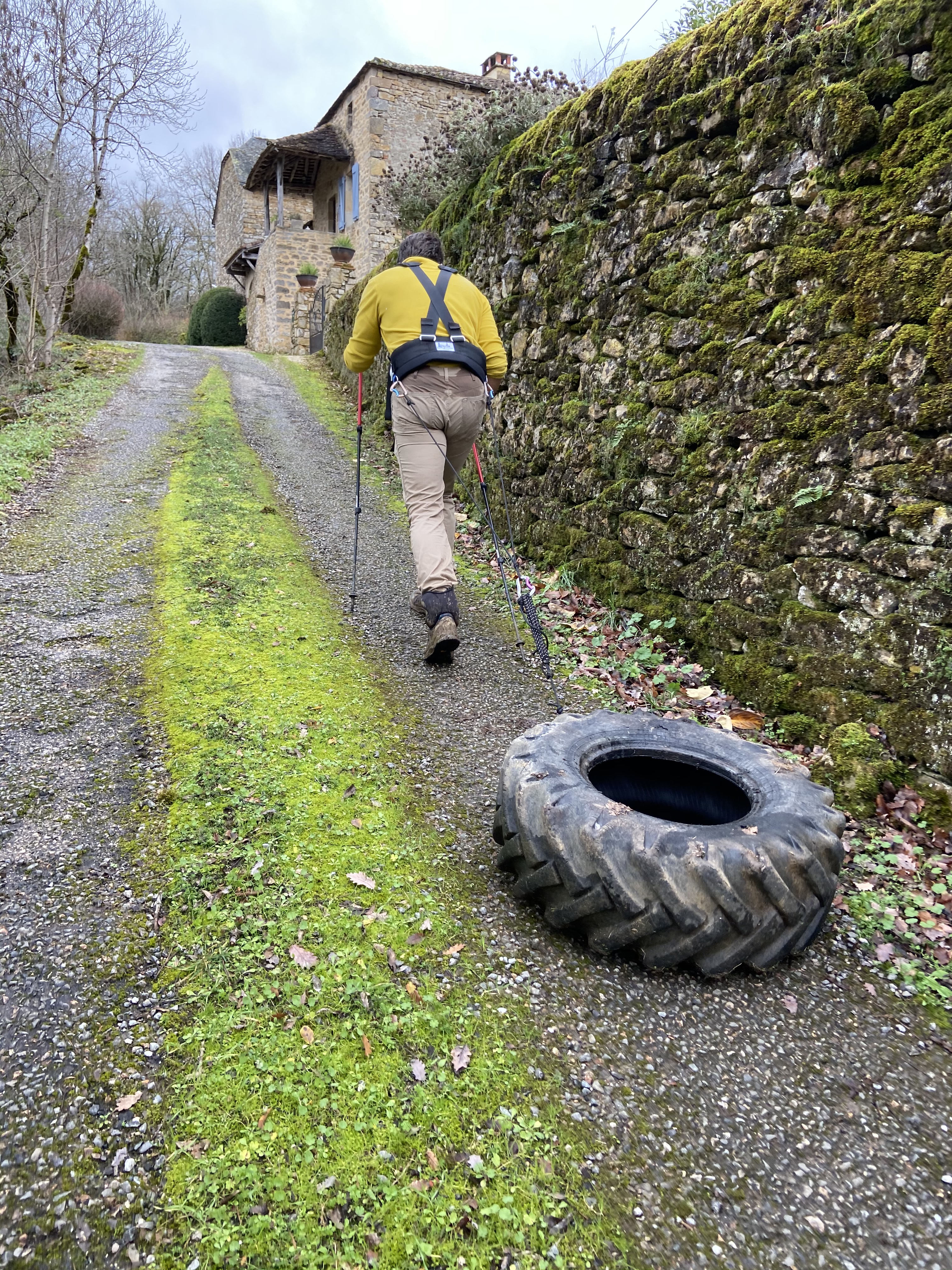


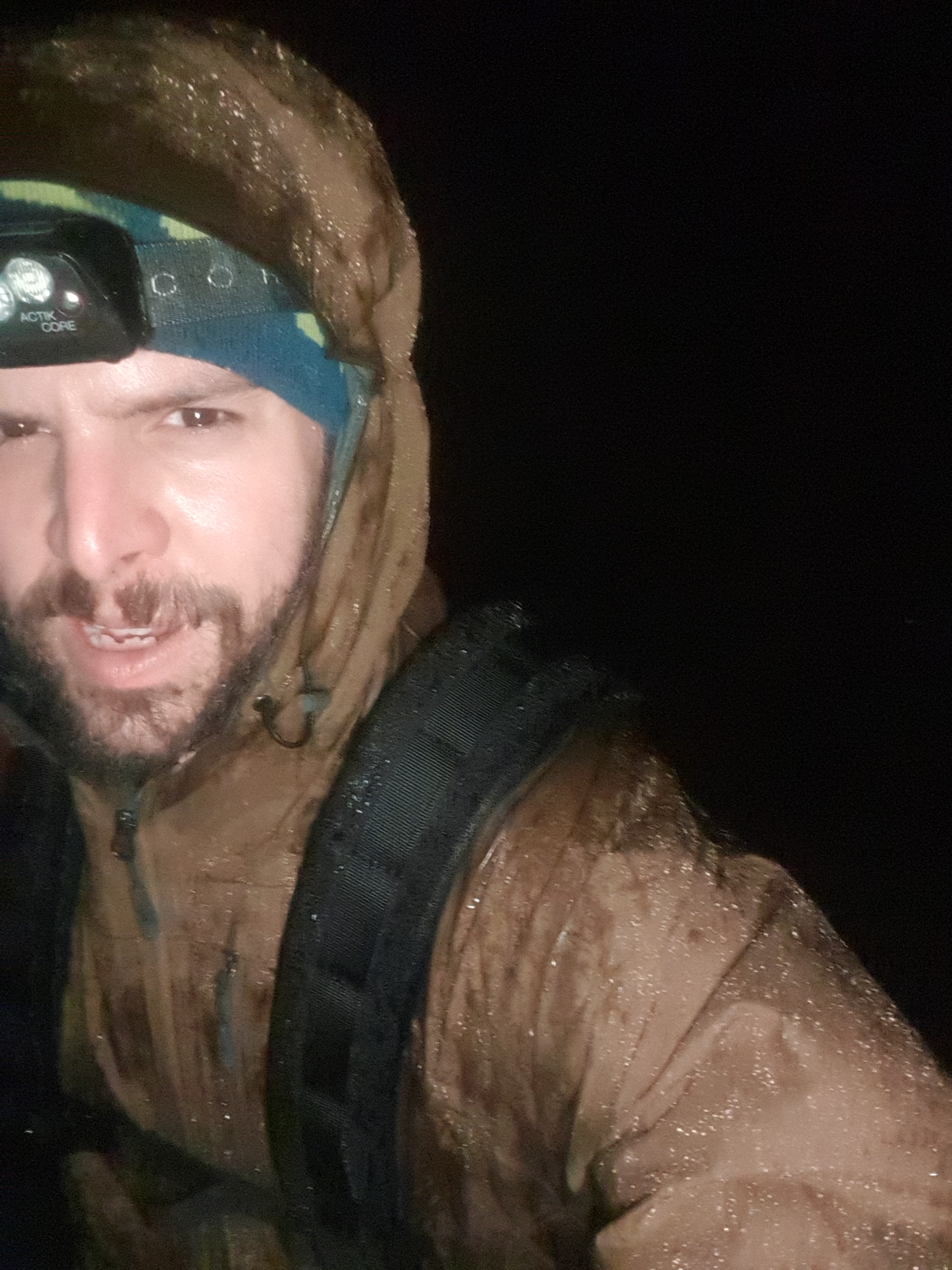
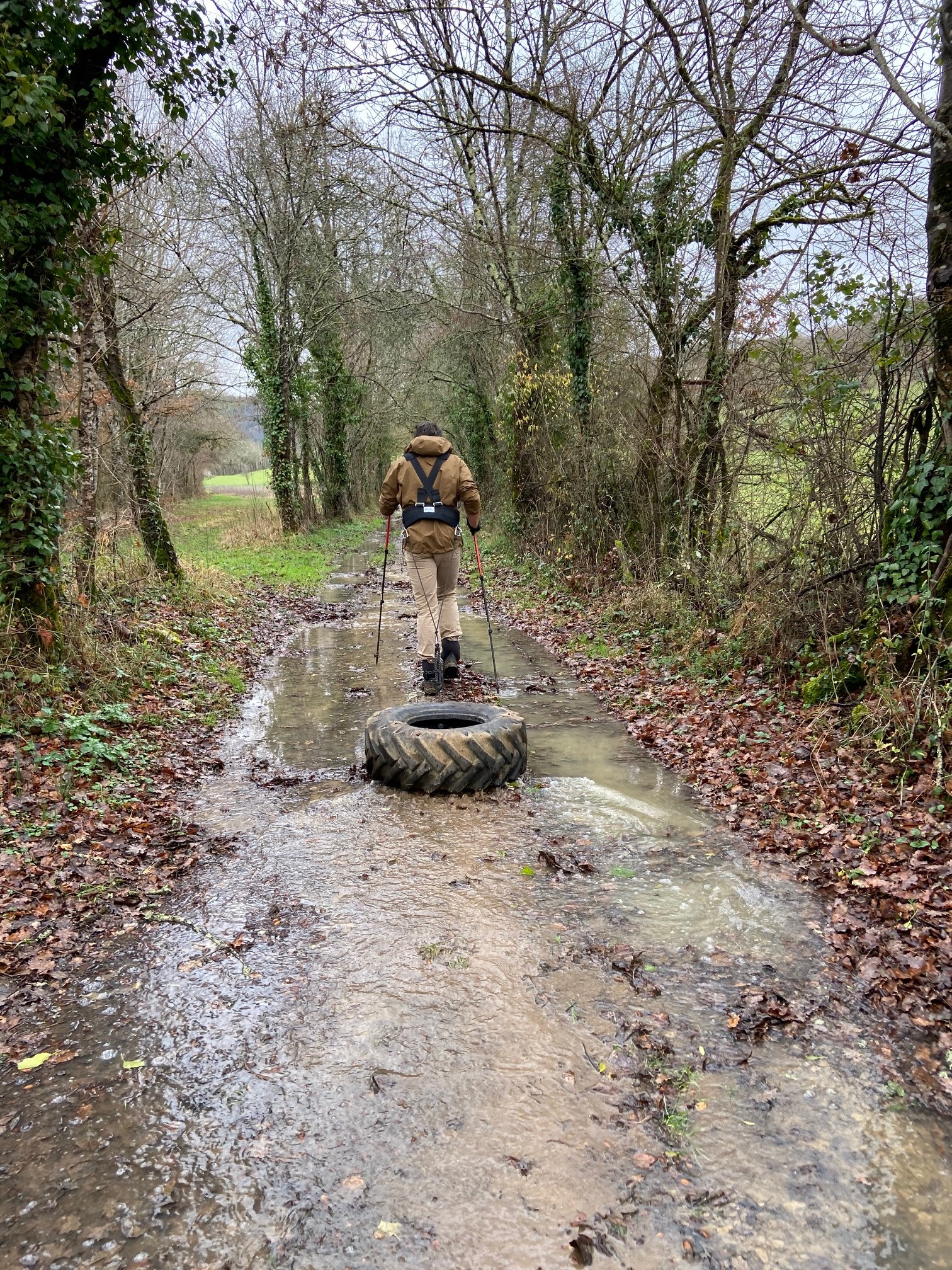
At -35oC the Right Equiptment is Key
With temperatures as low as -35oC often found in Sarek during February, equipment preparations for going solo would have to be rigorous. While this ski expedition is different from anything I have done before, I can draw on my mountaineering and winter hiking experience and combine this with endless hours of research behind the screen. A key focus has been reducing the amount of work required to result in tea, water and hot food at the end of a long, cold day; this could potentially be a lifesaver. Thus, three main tasks needed to be optimised: pitching the tent, erecting the ‘bed,’ and firing up the stove.
“At the end of a long, cold day; this could potentially be a lifesaver”
To speed up the pitching of the ‘HillePalace,’ as we have named our Hilleberg Keron 3, I leave the poles in the tent sleeves, half folded back with all other joints taped together, and the snow stakes are tied to the guy ropes ‘deadman’ style. The whole assembly is stored rolled-up together into an arctic sausage, which slips perfectly into my ski bag as if designed for the purpose, ready to be rolled out and staked at the drop of a hat. Once in the HillePalace; my Thermarest NeoAir mat is immensely comfortable but a true pain in the nuts to inflate, my stupendously warm Mountain Equipment Redline sleeping bag takes time to re-loft after being compressed, and the whole thing needs to be fought with in the morning to return to its packaging. Thus, the clever Scandies came up with the concept of having a large mattress-shaped bag, which is strapped to the top of one’s pulk, filled with the already prepared collection of sleeping mats, pillow and bag, waiting for you to flop onto immediately once dragged into the tent. It even contains handy pockets for stashing daytime essentials while on the move, such as a flask of earl grey.

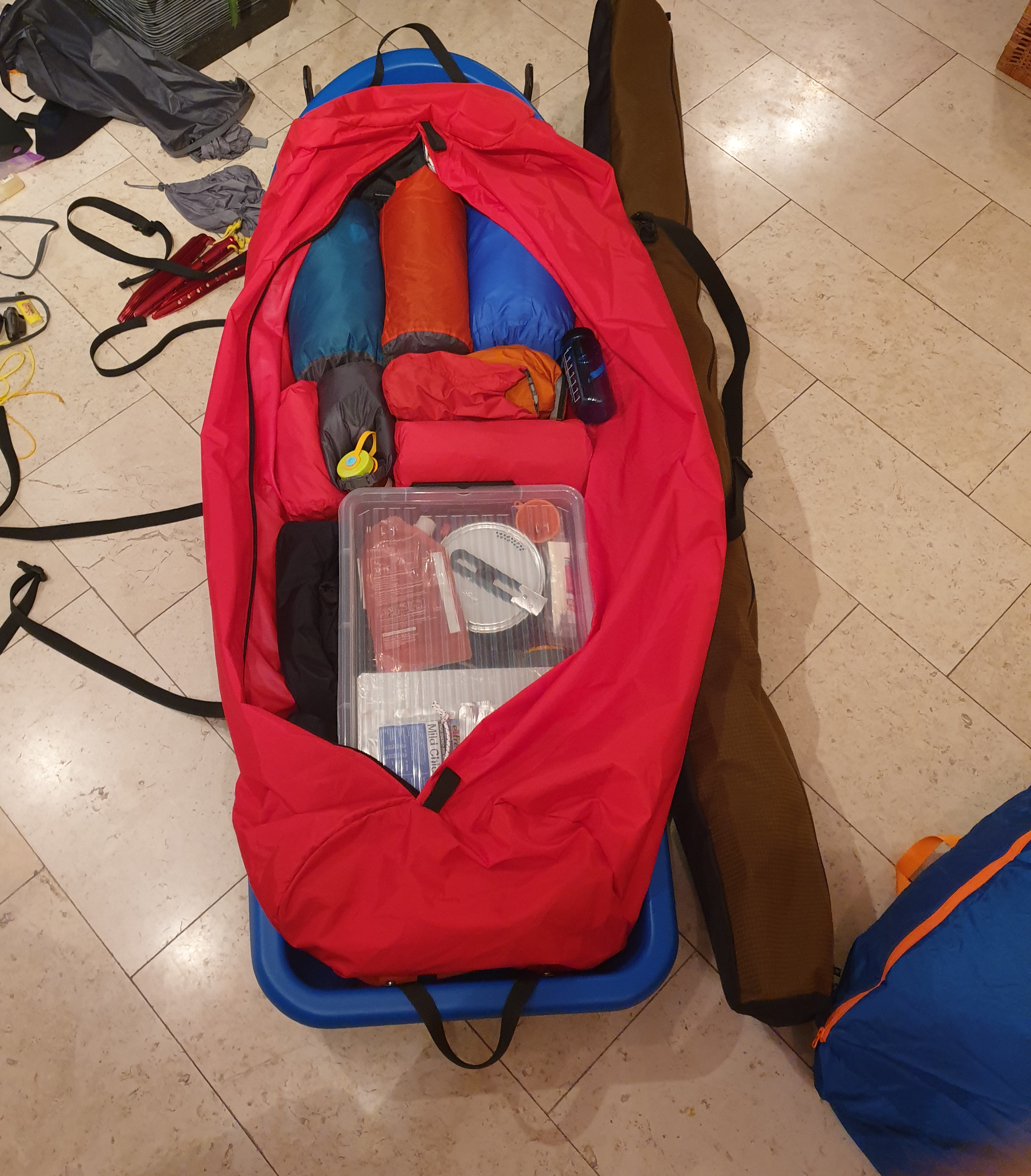
The final barrier to replenishing tea supplies, aside from harvesting some local snow, is getting the stove roaring; with such low temperatures, this requires petrol stoves which are hardly ‘fire and go.’ To reduce the time spent assembling the stove, while each time risking the o-rings, I have mounted the whole assembly ready-built on a special insulating board. This mounts either of my deafening, but reliable, MSR stoves (XGK-EX and Dragonfly) with any size of fuel bottle, ready to be pulled straight out of the cooking box and into the porch for lift-off. Having everything nipped up also means the working stove, complete with fuel bottle, windshield, heat-exchanger and pot, can also be moved easily; helpful when things get a little flarey.

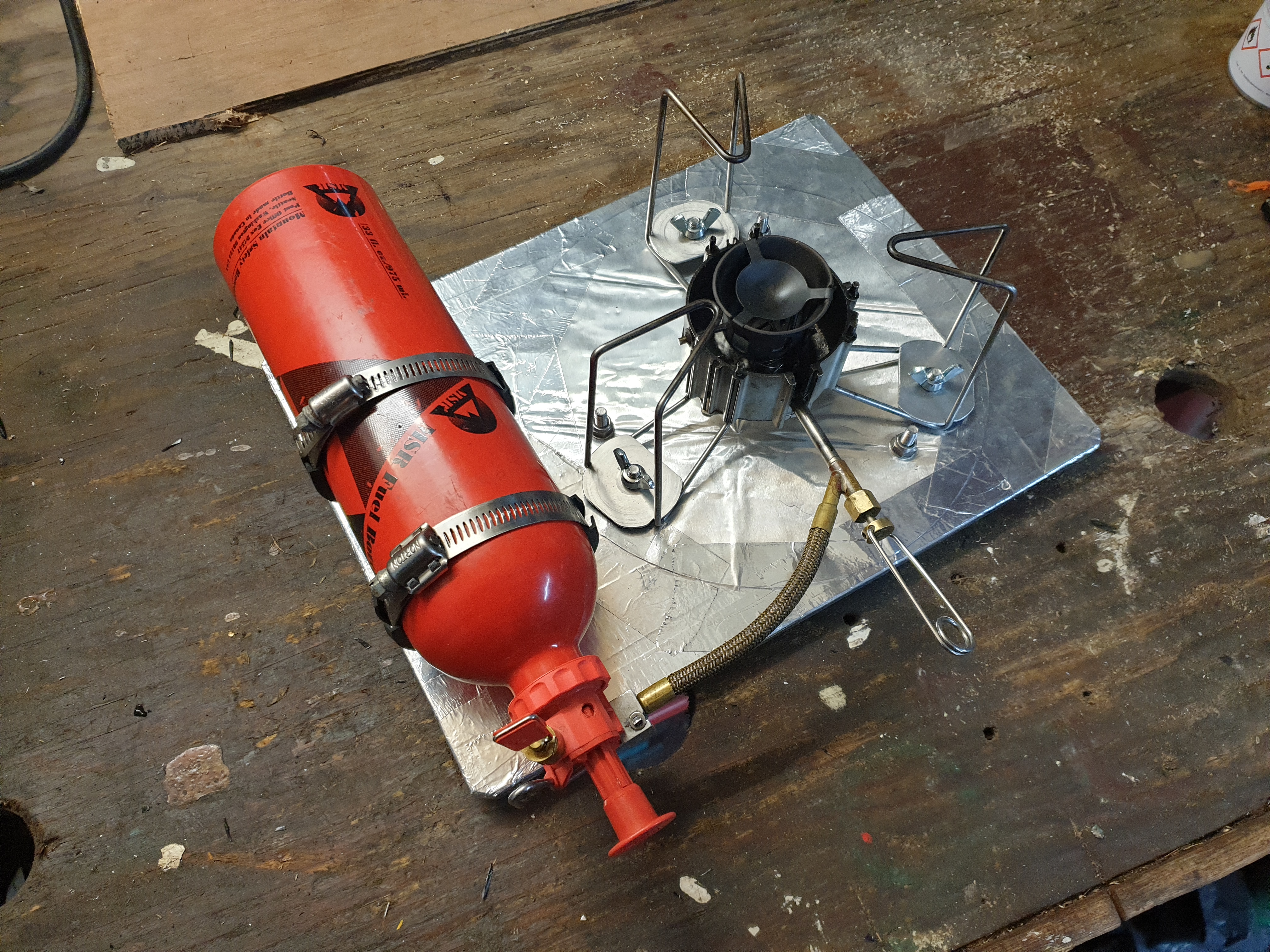

Curled up in my Redline world-of-down, feeling the cold will be low on my list of worries (it’s rated to a chilly -45oC). When actually skiing I’ll be producing so much body heat, that nearby glaciers will retreat. However, when stationary outside of the tent, such as on a snack & drinks stop or while milling about camp, the arctic cold will quickly chill my bones; especially if I am drenched with sweat. During ski breaks I’ll have a large down jacket at my disposal to try and capture some of that working-heat, while full merino-on-skin ensures that sweat is quickly wicked. For around camp, hopefully including some northern light viewing, I’ve brought my billowy North Face Himalayan summit mitts for toasty hands, while also treating myself to a set of huge, moon-rated, down expedition boots. Outside on cold nights, I’ll be wearing so much down, I could be mistaken for a goose.
“I’ll be wearing so much down, I could be mistaken for a goose.”
Dinning on purely dried foods for almost two weeks could get tiring quickly if not addressed with sufficient variation and enhancement. My usual selection of eastern focused freeze-dried meals is very tasty, however, a couple of mini bottles of in-house spice mixes can add some much needed punch and burn that keeps the food exciting, even in repetition. I blend four different flavours of porridge into individual ‘brekkie-bags,’ complete with powdered milk, and throw in a few pork ‘n’ bean portions into my menu to break-up a lifetime of porridge.
One of the conditions for me getting permission to go on such a trip alone is that I am able to call for help if something unmanageable should occur, and mobile phones are no use here. With a parallel need to have a sane backup to my usual map and compass, I opted to invest in a Garmin GPSMAP 66i which, aside from being a top end GPS navigator, is capable of worldwide communication & SOS via InReach and the Iridium satellite network.
The 66i is an incredibly tough and capable unit, but unfortunately the in-built ‘topo’active maps are about as much use as an empty wine bottle. They display no contours or any other indicator of slope, which is clearly of importance in mountainous terrain, and is frankly the whole purpose of such a device as a map replicator. However, this is swiftly solved with the addition of some genuinely topographic maps from the comically named, but deceptively professional ‘Talky Toaster.’ In a terrain such as Sarek’s, when the visibility is good, route finding is as easy as following the guide of the flowing valleys. However, when everything whites-out in Sarek, keeping off the wrong slopes can be extremely critical. One other handy advantage of my 66is that it can leave a virtual breadcrumb trail; handy for search and rescue, should something happen to me where I can’t activate the SOS, and also for followers to track my progress via my map-share page.
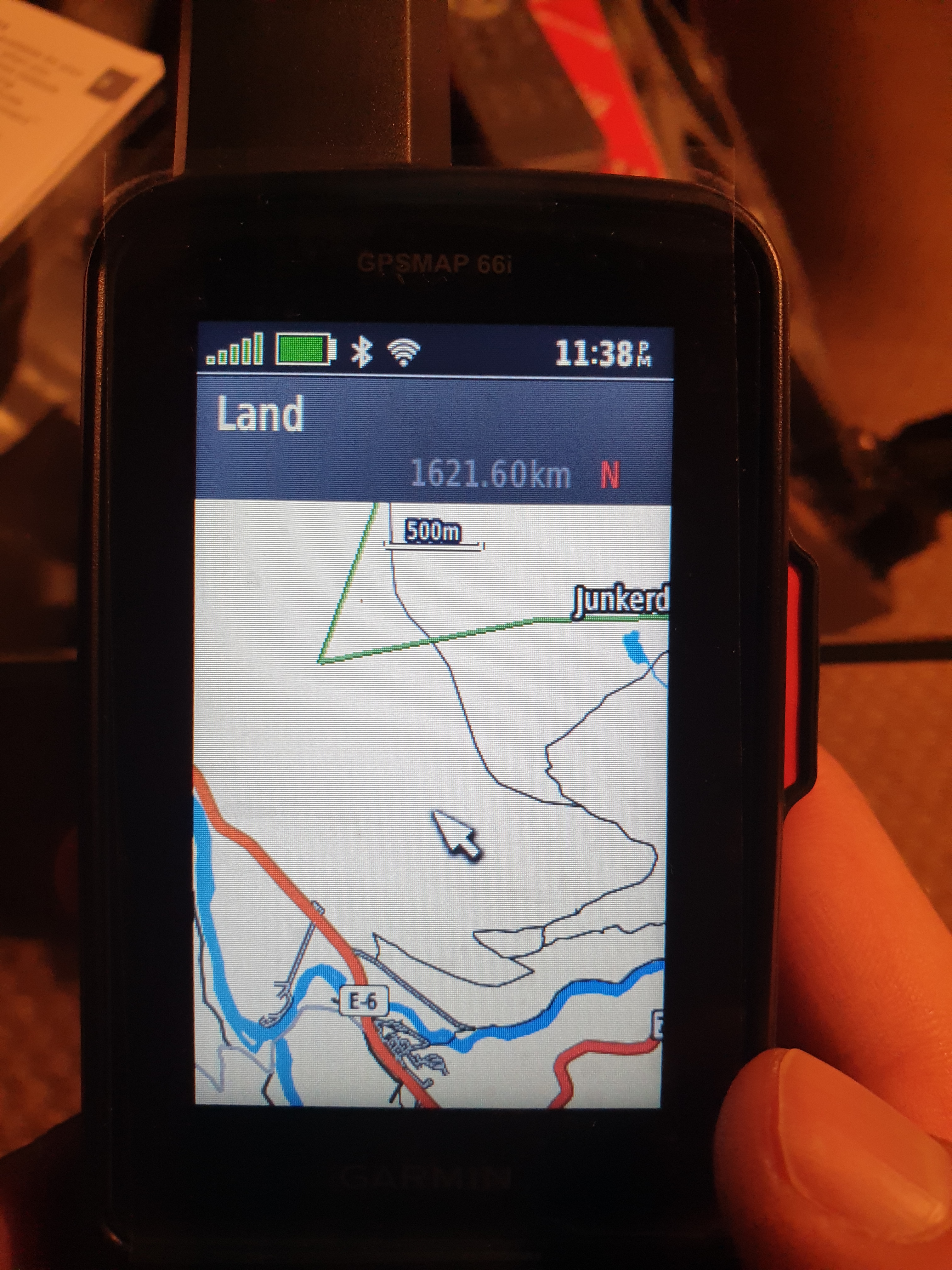
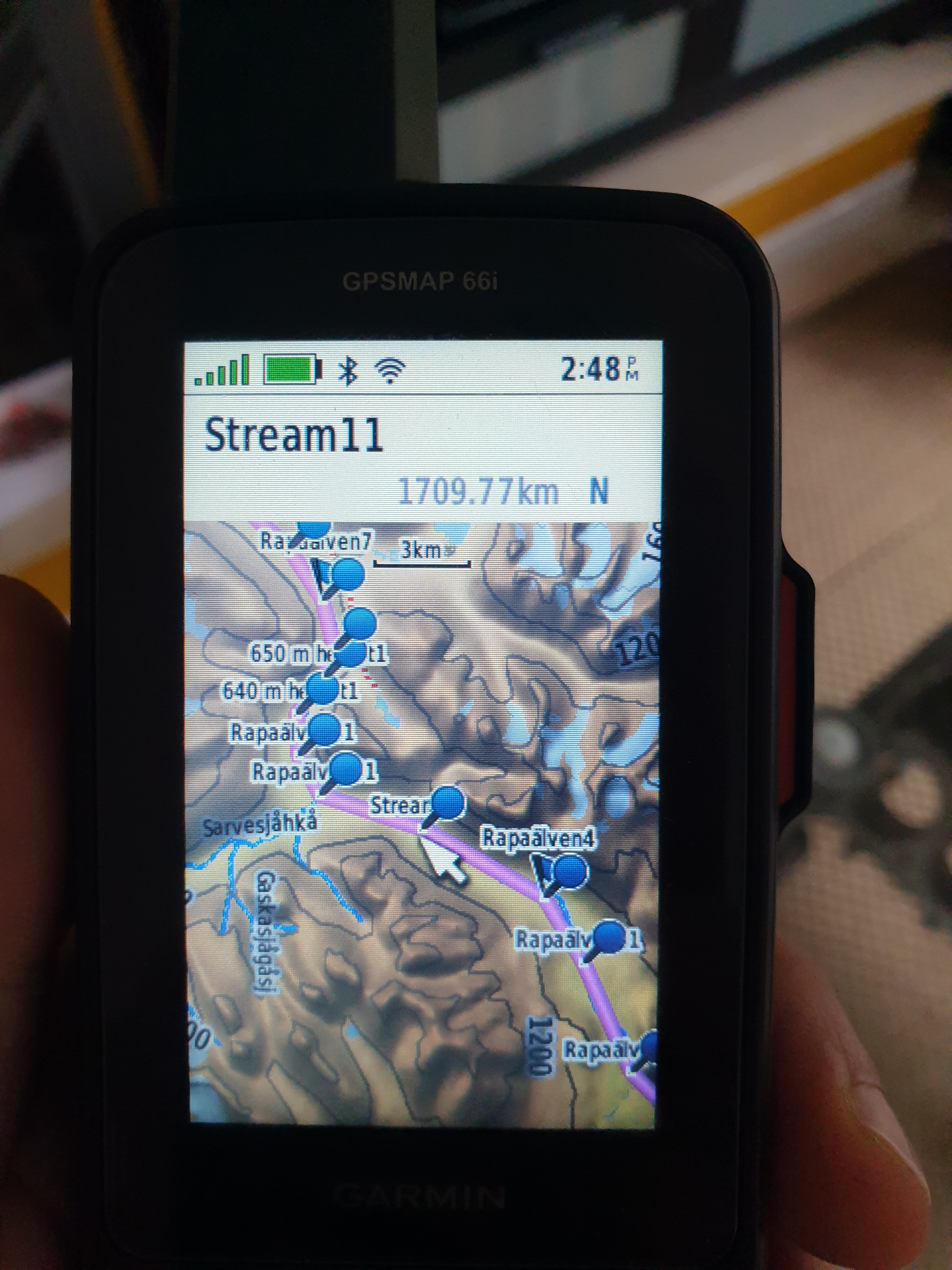

Hi Zander, enjoy your trip.
Quite a challenge!!!
Best wishes,
Nick and Els
LikeLike
Sounds like a proper adventure! Good luck Lobster!
LikeLike
Hello Zander,
Good luck and enjoy!!!
Greetings Arend & Carla
LikeLike